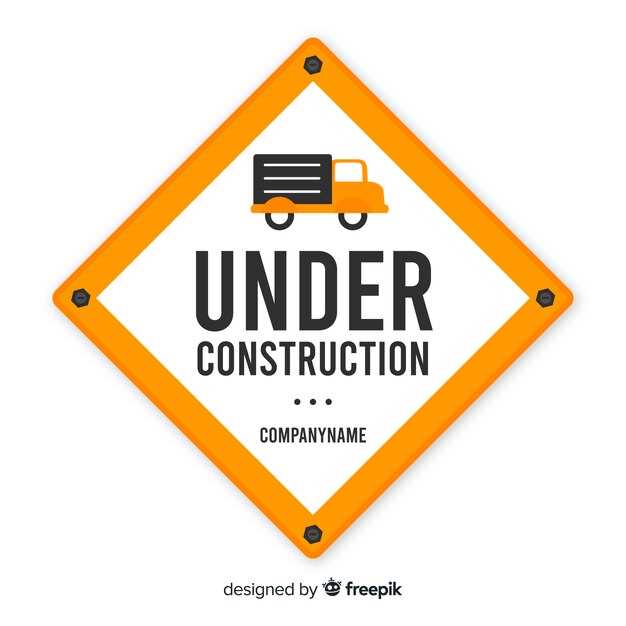
In the competitive world of logistics and transportation, maintaining an efficient fleet is crucial for both profitability and service quality. As operation costs continue to rise, it becomes increasingly important to conduct a thorough cost analysis of your fleet vehicles. Evaluating the performance and condition of your trucks can uncover significant insights about when it’s time to consider an upgrade.
Older fleet trucks may seem like a cost-effective choice, but hidden expenses such as maintenance, fuel inefficiency, and downtime can quickly accumulate, leading to decreased overall profitability. Understanding the signs that indicate a necessary upgrade is vital for any fleet manager looking to optimize operations and reduce costs.
In this article, we will explore key indicators that suggest your fleet trucks are due for an upgrade. By identifying these signs early, you can make informed decisions that enhance your operational efficiency and keep your business ahead of the competition.
Identifying Performance Issues in Existing Fleet Trucks

To ensure operational efficiency, conducting a thorough analysis of the performance metrics of your fleet trucks is crucial. Start by monitoring fuel consumption; a significant increase in fuel usage can indicate underlying mechanical issues or the need for an upgrade. Regularly check engine performance and responsiveness. If trucks exhibit sluggish acceleration or frequent stalling, it may be time to evaluate their condition.
Keep an eye on maintenance costs as well. If expenses for repairs and upkeep surpass the cost of acquiring new vehicles, this is a clear signal that upgrading is necessary. Implementing a tracking system for maintenance records can help identify patterns in repairs that may compromise performance.
Additionally, assess the age of your trucks. Older models often lack the technological advancements found in newer vehicles, which can lead to inefficiencies. Evaluating the lifespan and performance capabilities of your current fleet against industry standards can provide insights into when upgrades should be prioritized.
Lastly, driver feedback is invaluable. Their experiences can highlight performance issues not evident through technical analysis alone. Encourage your drivers to report any anomalies they notice during their operations; this information can significantly impact decisions regarding upgrades.
Evaluating Maintenance Costs vs. Upgrade Benefits
When managing a fleet, one critical aspect to consider is the balance between ongoing maintenance costs and the potential benefits of upgrading your trucks. Conducting a thorough analysis of these two factors can help you make informed decisions that enhance efficiency and reduce long-term expenses.
Maintenance costs often increase as vehicles age, leading to frequent repairs, parts replacements, and unplanned downtime. Tracking expenses for repairs and maintenance can reveal trends that indicate whether it’s financially viable to keep your current fleet. If the costs are rising steadily, it may signal that it’s time to consider an upgrade.
On the other hand, upgrading fleet trucks can yield significant benefits, such as improved fuel efficiency, enhanced safety features, and lower emissions. Newer models often come equipped with advanced technology that can boost productivity and reduce operational costs in the long run. Evaluating these advantages against maintenance expenditures provides a clearer picture of which option is more beneficial for your business.
In addition, consider the potential impact on customer satisfaction and brand reputation when assessing the necessity of an upgrade. Updated vehicles tend to perform better and arrive on time, contributing positively to client relationships. Therefore, weighing maintenance costs against the benefits of upgrading requires a comprehensive approach that includes assessing financial metrics and long-term strategic goals for your fleet.
Assessing Technological Advancements in New Fleet Models

In today’s rapidly evolving transportation industry, assessing the technological advancements of new fleet models is crucial for optimizing operational efficiency and reducing costs. Modern trucks are equipped with advanced features that significantly enhance performance, safety, and fuel efficiency, thus making an upgrade a rational decision for many businesses.
A comprehensive analysis of the latest fleet models reveals cutting-edge technologies such as telematics systems, which provide real-time data on vehicle location, performance metrics, and driver behavior. Implementing these innovations can lead to improved logistics management and reduced fuel consumption, ultimately saving costs in the long run.
Moreover, new fleet trucks often come with enhanced safety technologies, including adaptive cruise control, lane-keeping assistance, and collision avoidance systems. These features not only protect drivers and cargo but can also lead to lower insurance premiums and reduced liability expenses, making an upgrade a financially viable option.
Additionally, evaluating the maintenance requirements of older vehicles compared to newer models can indicate the necessity for an upgrade. Newer trucks typically have longer maintenance intervals and utilize advanced materials and components that decrease the likelihood of breakdowns, contributing to lower operational costs over time.
Overall, an informed analysis of the technological advancements in new fleet models is essential for companies looking to enhance efficiency and cut costs. By prioritizing these upgrades, businesses position themselves to remain competitive in an increasingly technology-driven market.




